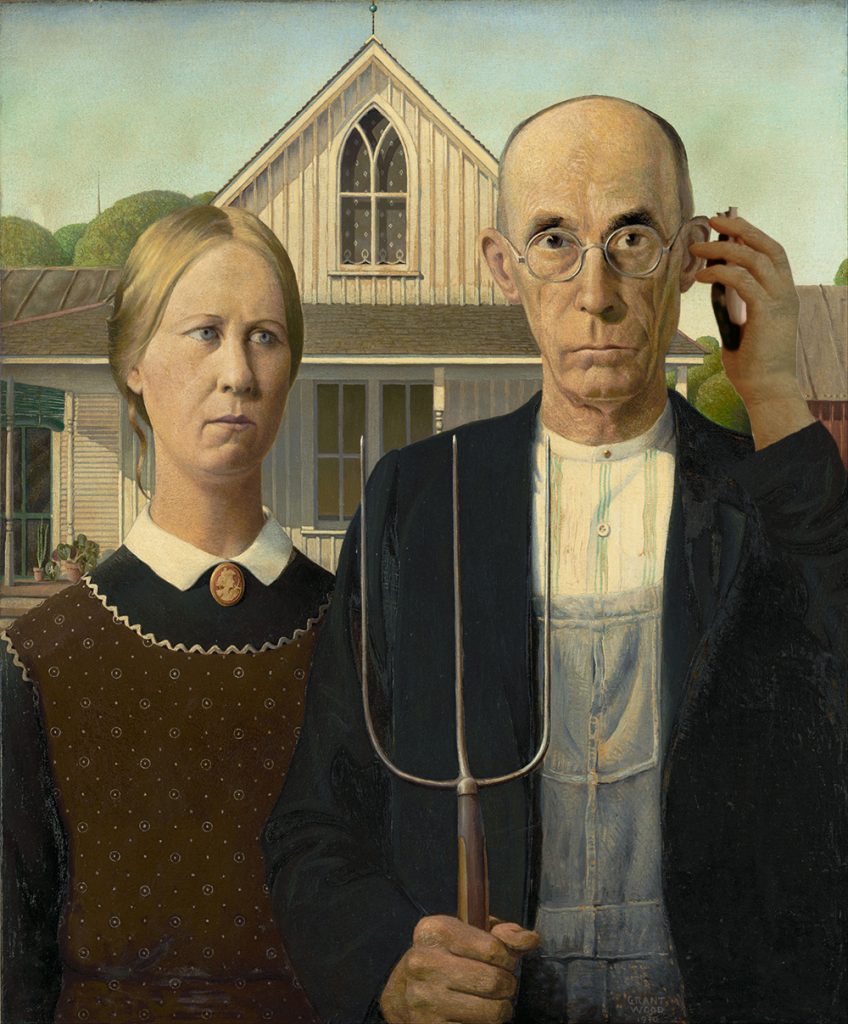Wait for It
“Good things come to those who wait,” said nobody while sitting on hold for 45 minutes randomly shouting “representative” at their phone in a futile effort to speak to a real human. Let’s face it, we don’t like to wait for anything. We’re busy, multi-tasking, impatient creatures who want it, and want it now. The late (great) Carrie Fisher once said that the problem with instant gratification is that it takes too long. She was right.

And yet, it’s not necessarily the waiting that’s the challenge. It’s the helplessness while we’re waiting—the feeling that we’re at the mercy of people and events beyond our control.
Your customers feel this as well. That’s because modern customers are different. They’re connected, informed and, yes, impatient. Modern customers have come to expect modern brands to provide deep customer control that enhances their overall experience. They want to feel known and in control.
Most of us have waited for an Uber. But what makes that five- or ten-minute wait okay is our ability to see that little Uber car on the map getting closer and closer. That knowledge, that management of expectations, turns a potentially stressful situation (Did my request go through? Is anyone responding? Am I going to be late?) into a positive customer experience (my driver is seven minutes away).
Amazon leads the way here by providing me with same-day or next-day delivery along with near-constant updates on the status of my package: where it is, where it’s heading next, and when it has been delivered—including a photo of the box sitting by my front door (because I absolutely need to know when the Instant Pot has arrived).
Disneyland guests use an app that shows the wait time for every ride in the park, along with the all-important update on when their Star Wars: Rise of the Resistance group is boarding. Guests have full control of their attraction FastPasses, restaurant reservations, merchandise purchases, and Splash Mountain photo downloads.
My Delta Airlines app shows me when my luggage has been loaded on to the plane. Although I’m not physically putting the bag in the luggage hold myself, knowing that someone else has loaded it gives me a sense of control, reducing my anxiety and making for a more pleasant onboard experience (or, if my bag has missed my flight, at least I know this in advance and am able to plan accordingly).
There are enough modern organizations out there that customers have come to expect this level of service all the time. The challenge for siloed organizations is that their customer experience is frequently disjointed and slow. Their customers don’t know what’s going on, or they’re talking to a representative who has no idea who they are.
If this describes your organization then you’re at a high risk of being disintermediated by more nimble competitors. Modern customers will lose patience and, more than likely, look elsewhere for an organization who will make them feel in control. They’ll look for an organization that knows—and appreciates—who they are.
The smart move, of course, is to be the modern organization. And the best way to get there is to create a unified front office with a unified customer ID. By exposing the totality of customer interactions in one spot you can engage with your customer as a whole person, with instant engagement, personalized advertising, and proactive care. Love your customers and they’ll love you back.
Want to learn more about the power of customer control, and how it can improve your customer experience? Visit www.sprinklr.com for use cases, webinars, and blog posts to help you get started. Seriously, do it now.
I’ll wait.

